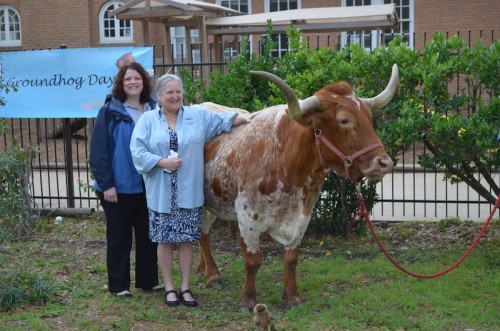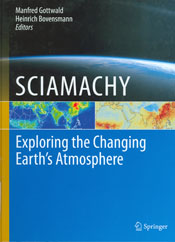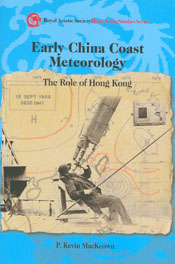by A.J. Jain, from his blog Fresh AJ
I was able to attend the student conference career fair on Saturday, the energy committee meeting for students on Sunday, and the climate, energy, and new economy talks on Monday. I was able to network with a lot of wonderful meteorology students, young professionals, senior level executives, energy trade floor meteorologists, and just readers of my blog too. The conference is still going on now, so I can only speak of the 3 days I attended. From what I saw, my friends at the AMS put on an amazing conference!
Now with that being said, let’s get onto my post. Is Meteorology turning into Computer Science?
Why am I asking this question? Well, in my previous post of “The Future of Meteorology”, I discussed that the three main areas of growth will be 1) Weather Modeling 2) Weather Derivatives and Insurance 3) Private weather forecasting. But I never got into what skills would be required for the future of meteorology. Today that’s what I want to discuss based on what I saw at the AMS student conference.
After attending the student conference at the AMS career fair, I spoke to each private employer that was hiring meteorologists. Some of the employers I spoke to at the booths were, Unisys, Climate Corporation, Wunderground, AccuWeather, Impact Weather, among others.
And here’s what was very intriguing: a majority of these employers are looking for meteorology developers (i.e., people who are excellent at programming but also understand meteorology).
Meteorology programmers are a growing trend in today’s meteorology job world. Whether it is programming using Python, C++, Objective C, or PHP, the “new” graduate in meteorology in today’s economic climate should probably have these skills under their belt. When I spoke to a few of them…they mentioned if someone is a M.S. or Ph.D. with programming skills, they would like to talk with you. Some of them even mentioned they were prepared to throw ridiculous amounts of cash if you met those qualifications…so if you’re interested in learning more, let me know!
Many of these private weather corporations deal with large data sets. Since there is a great demand from the private and public industry on high resolution and accurate modeling, many firms are hiring in these areas of the meteorology. So being able to understand database programming and statistics is very important too.
In addition to the student conference career fair, I also attended a presentation about how NOAA/NWS is working with the DOE and the private energy world in providing more resources for these companies to use. The concentration of the presentation was about the WFIP model and how they are working with private industry leaders to make short term wind forecasting more accurate.
I think the meteorology community has plenty of weather models to access now…but the hard part is integrating and customizing them into the private world for them to effectively utilize them. In addition, as I’ve mentioned before, the weather modeling world is continuing to enhance the features of the model, along with it’s accuracy and resolution. And that’s why I feel this is a growing trend and a need for programmers who understand meteorology.
This trend is very interesting to me because when I went to the student conference 10 years ago (yes now you know how I old I am), the majority of the positions I saw were operational meteorology jobs.
To be honest, none of the private employers I talked to at the student conference even mentioned they were hiring operational meteorologists. So in today’s tough economic climate, it requires you to think outside the box. And that also means taking other positions within weather companies (or government) in order to get your “foot in the door”. Once you have your foot in the door, it’s easier to work your way internally to where you want to be.
Bottom line, if the growing trend is to hire meteorological developers, and you happen to be a good developer…you should start applying to these jobs or contacting private employers. Even though you may want to be in forecasting…it’s better to at least “get in” to a company than “wait” for a forecasting job to open up. Hope that makes sense!
Are any of you seeing the same hiring trend out there for meteorologists? Do you think meteorology is turning into Computer Science? Would love to hear your perspective, and your thoughts on the AMS conference, too.
Thanks!


